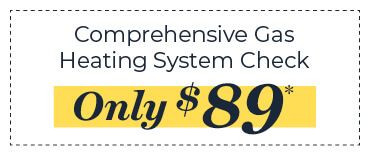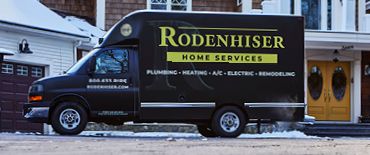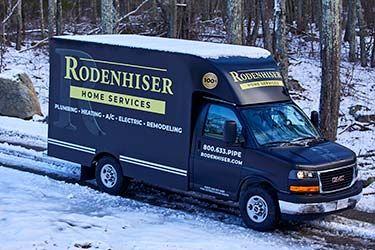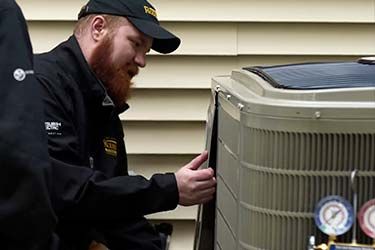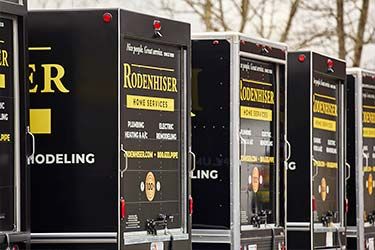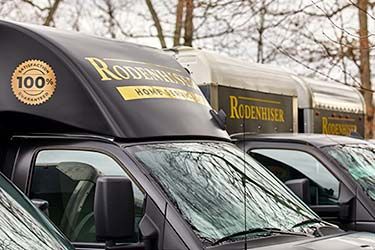
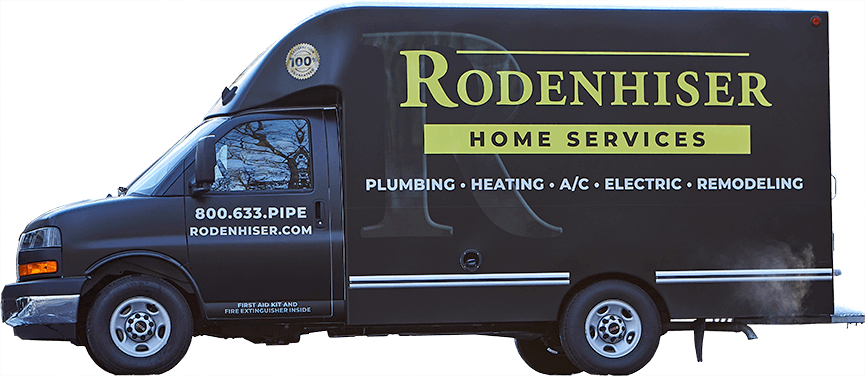
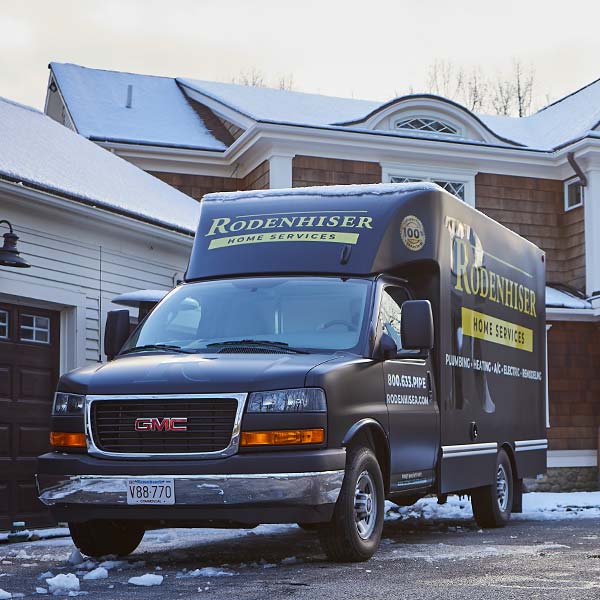

Learn More About Your Programmable Thermostat With These Tips
Programmable thermostats offer a convenient way to maximize comfort and energy savings through pre-programmed temperature changes. But they must be installed and used correctly to enjoy the benefits. Use these tips to learn how to make the best of your new or current programmable thermostat.
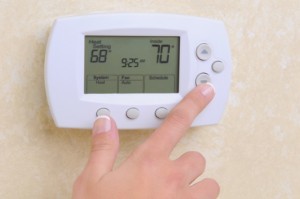 Programmed for Savings
Programmed for Savings
Programmable thermostats were designed to make it more convenient for efficiency-minded homeowners to save energy. The intention is to program the thermostat to increase or decrease indoor temperature based on household occupancy, comfort temperatures and energy-saving temperatures.
Following is a sample energy-saving program for the heating and cooling respectively:
- Sleep - Program back/up 4 to 7 degrees for 8 hours.
- Early morning - Program normal comfort temperature.
- Work - Program back/up 10 to 15 degrees for 8 to 10 hours.
- Evening - Program normal comfort temperature.
Consistency Is Important
All programmable thermostats offer a "hold" or "override" button that temporarily pauses the current program and allows the homeowner to manually change the temperature. If you find someone in your household is using this feature too much, adjust the program settings to better reflect your comfort level. It’s better to save some level of energy than lose all savings by using "hold" or "override" too often.
Zoning Systems
Zoning systems are trending across the country. They allow you to condition only occupied rooms, or "zones," if desired. If you have or are going to install a zoning system, make sure to install a programmable thermostat or linked temperature sensor for each zone.
Thermostat Installation Tips
If you’re installing a new programmable thermostat, use these tips:
- During installation, avoid direct sunlight, exterior doors and direct airflow from registers and return grills.
- Locate the thermostat on an interior wall in a central area.
- The programmable thermostat should be about five feet off the floor.
- Make sure you select a model that's compatible with your heating and cooling systems.
For more programmable thermostat tips, please contact Rodenhiser Plumbing, Heating & Air Conditioning. We’ve provided exceptional service to homeowners in Route 495/128 area of Medway MA for more than 80 years.
Image via Shutterstock.com
Nice people.
Great service.
Since 1928Terms & Conditions | Privacy Policy





Read From Over 14,000 Happy Customers
-
Both Alex and Patrick were knowledgeable, courteous, and professional. They made a change that might have solved the recent problem and have structured a more complete solution. We agreed to this...

-
Mike was thorough, thoughtful and considerate. Covered their shoes before entering, surveyed my issue and provided an explanation of the services and costs. Great Job!

-
Alex did a great job providing an explanation of the services provided and went out of his way to offer assistance/advice on other issues outside of our scheduled maintenance visit.

-
Brian did an excellent job inspecting our 18-year old boiler and replacing some of the accessory hardware that needed it, he also adjusted the outgoing hot water settings for our radiators and...

-
Rodenhiser is my one stop shop!!! They take care of my HVAC, electrical, and plumbing issues & are always helpful addressing any questions I may have about the systems in my house! Everyone...

-
Chris G. and Nick V. showed up bright and early at 8am to fix my water heater issue. They were on time, polite and were able to fix an issue that has been plaguing my house for a good year. They...

Call Rodenhiser at
508-321-3089
Call Rodenhiser at 508-321-3089
When you are looking for plumbing, electrical, heating or air conditioning in the Route 495 / 128 area, you will be delighted that you called Medway MA' trusted choice since 1928.
With a total dedication to professional workmanship and excellent service, discover why families and businesses continue to trust Rodenhiser after generations of service
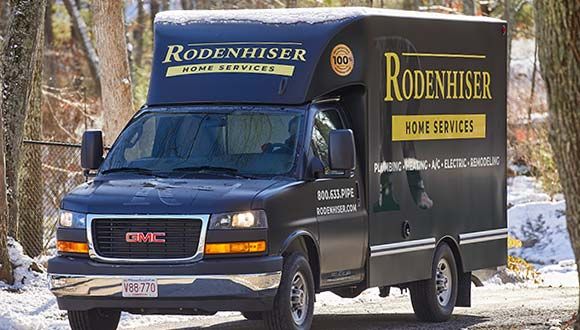
Trusted Plumbers
Fast, On Time
HVAC Experts
Satisfaction Guaranteed
Expert Electricians
Maintenance Plans
CONTACT RODENHISER TODAY
325 Hopping Brook Rd Holliston MA 01746.
-
Master Plumber: #10961
-
Corporate Plumbing: #2288
-
Master Electrician: #23917A
-
Electrical Business: #4804
-
Master Sheet Metal (Unrestricted): #5867
-
Corporate Sheet Metal: #641
-
Home Improvement Contractor: #188806
*Heating system check terms and conditions: Residential Only. Must reside within our service area. Offer only available to 1 unit per household additional units are at full price. Can not be combined with other offers
*Late Season Special Extra Conditions: Gas Systems only. No Discounts on oil systems. Promotional price limited to one system per home, additional systems will be charged at full price. Residential Systems only. Must reside within our service area. *For EV Charger Offer also: valid only when the system is purchased through Rodenhiser.
